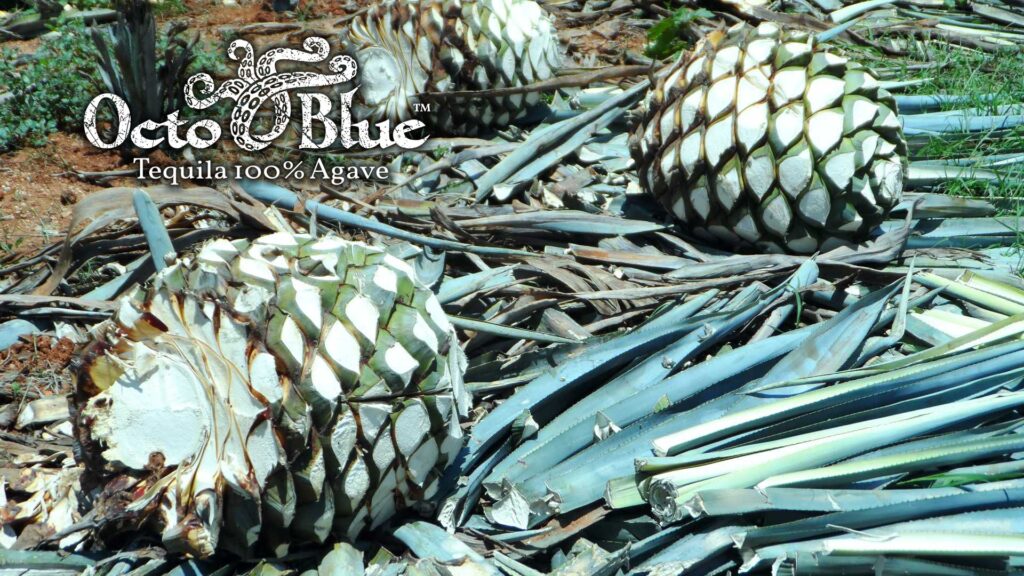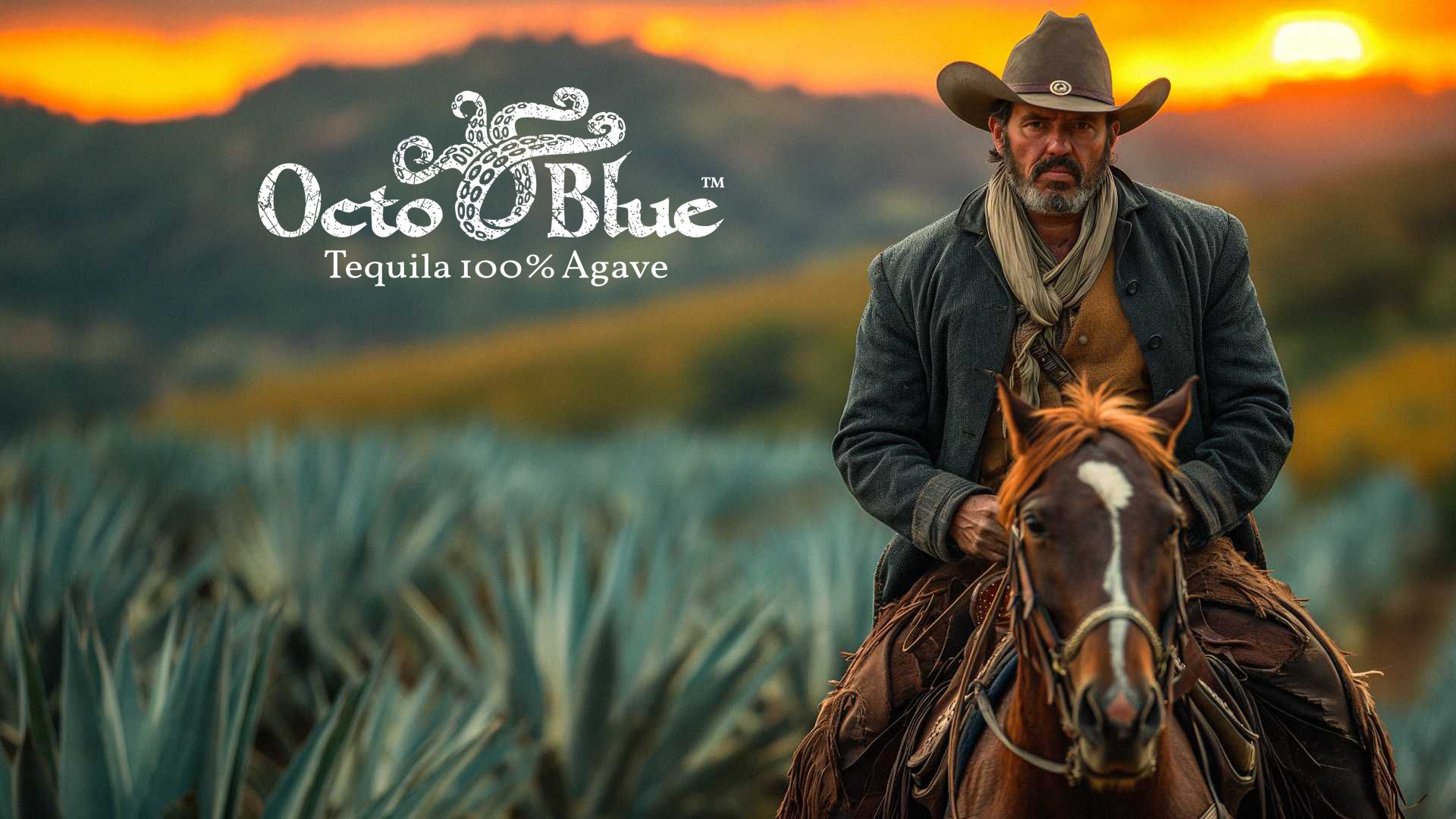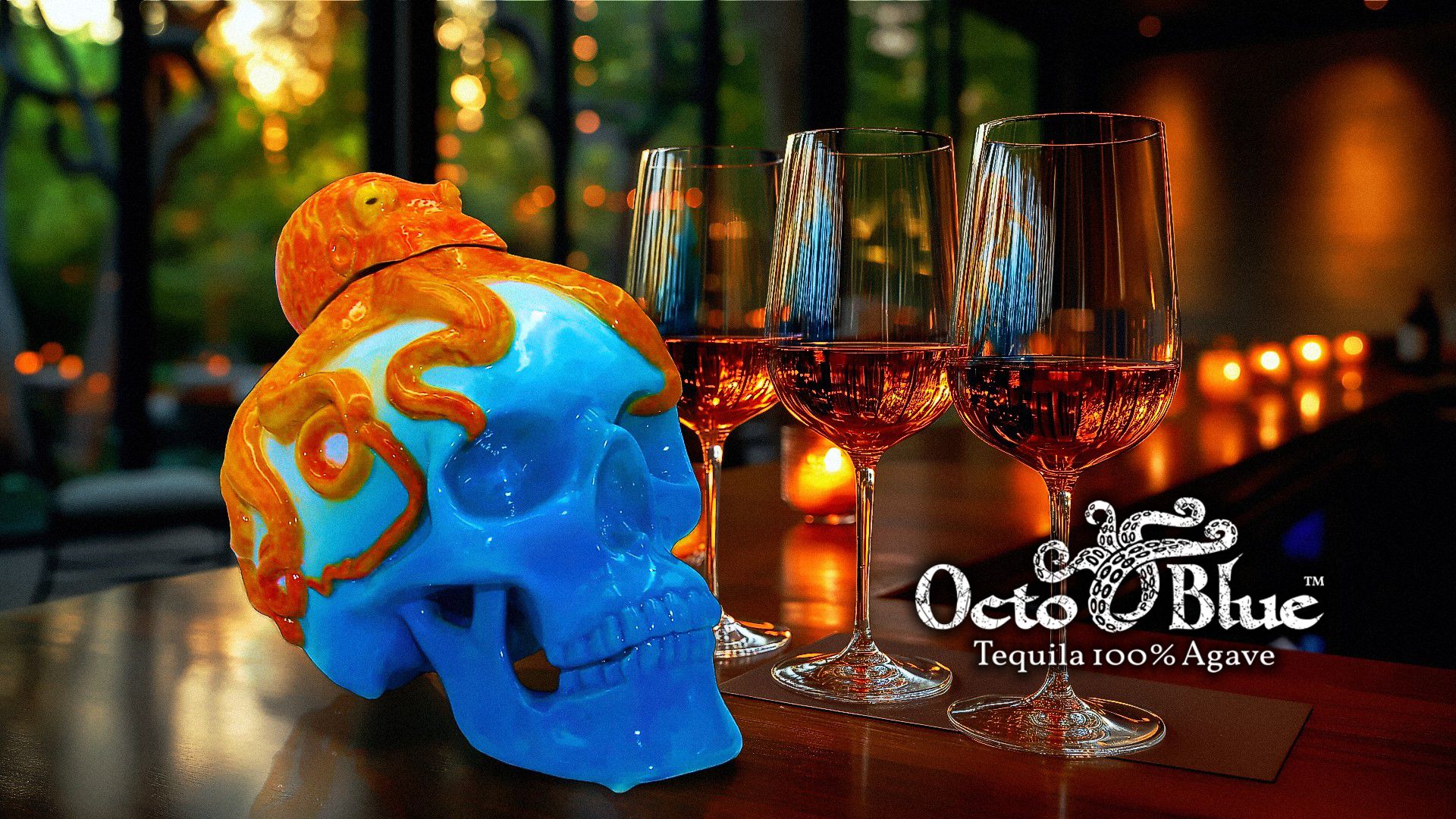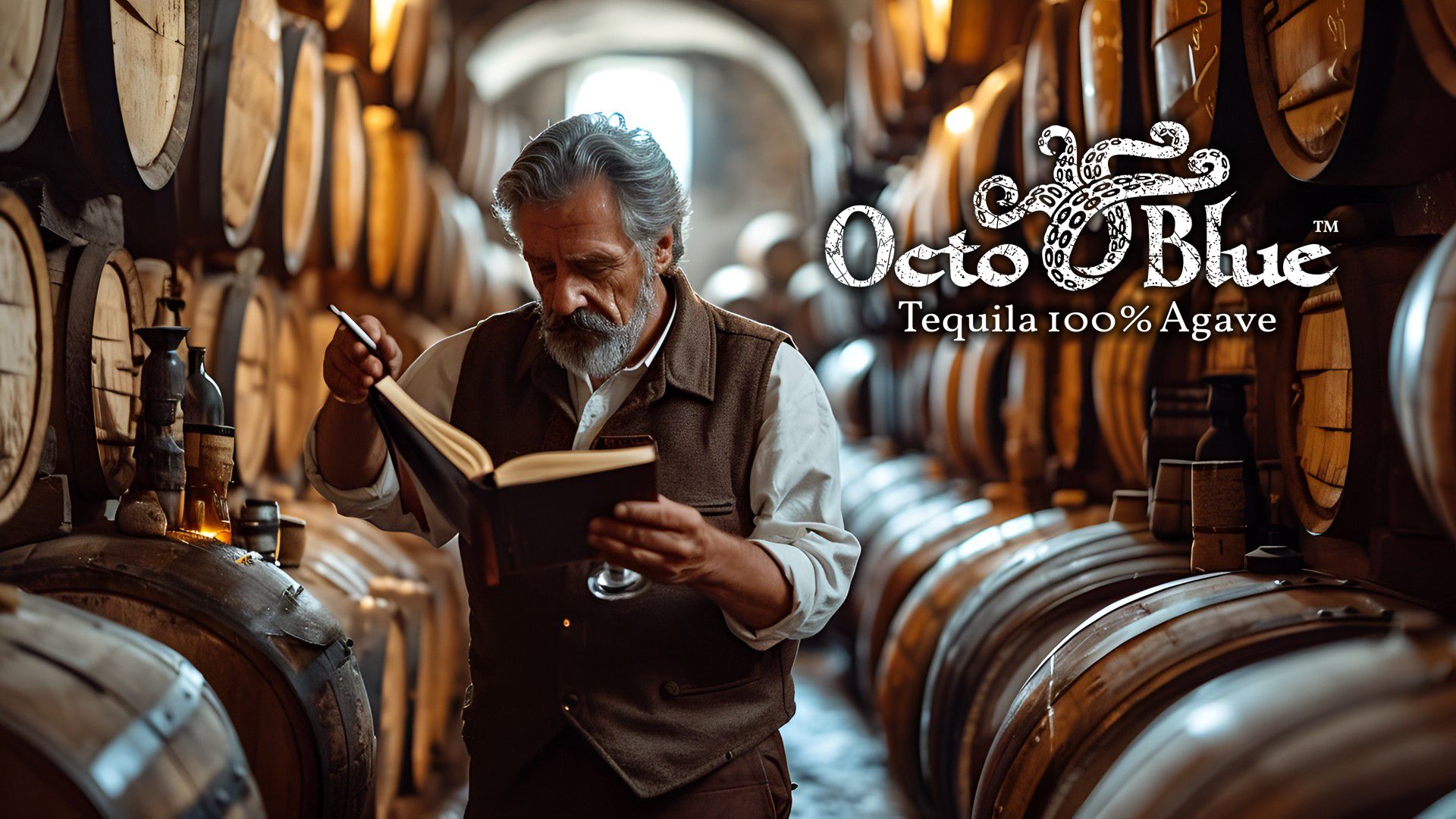Introduction
Tequila, Mexico’s iconic spirit, has captivated the hearts of people worldwide. But few are aware of the intricate journey this beverage undergoes before arriving in our glasses. This guide takes you through the fascinating process from the humble agave plant to the tequila we savor, revealing the artistry and tradition behind every drop.
The Birth of Tequila: Harvesting the Agave

Our journey begins in the sun-soaked fields of Jalisco, Mexico, the heartland of tequila production. Here, blue agave plants, or Agave tequilana, thrive. It takes about 7 to 10 years for these plants to reach maturity. The harvester, known as a jimador, skillfully uses a tool called a coa to trim away the leaves, exposing the core, or piña, which resembles a large pineapple.
The piñas, which can weigh anywhere from 80 to 200 pounds, are the essence of tequila. They’re harvested carefully, ensuring only mature plants are selected. This painstaking process is a blend of skill and tradition, passed down through generations of jimadores.
Cooking the Piñas: Unlocking the Sugars
Once harvested, the piñas are transported to distilleries, where they are cut into halves or quarters for cooking. This step is crucial as it transforms the complex fructans within the piñas into fermentable sugars. Traditionally, the piñas are slow-cooked in brick ovens or autoclaves for about two days. The slow roasting caramelizes the piñas, giving tequila its distinctive sweetness and rich aroma.
Fermentation: The Birth of Alcohol
After cooking, the softened piñas are crushed to extract the sweet, honey-like agave juice. This juice is then transferred to fermentation tanks. Here, yeast is added, and the magic of fermentation begins. Over the course of several days, the yeast converts the sugars into alcohol, producing a mildly alcoholic liquid called mosto.
The choice of yeast and the fermentation duration greatly influence the flavor profile of the tequila. Some distilleries use wild yeasts, while others prefer cultivated strains. The environment, too, plays a role, with open-air fermentation tanks capturing the natural yeasts of the Jalisco region.
Distillation: Refining the Spirit
The next stage is distillation, which purifies and concentrates the alcohol. Tequila is typically distilled twice in copper or stainless steel pot stills. The first distillation, known as destrozamiento, produces a liquid called ordinario, and the second distillation, rectification, refines it further.
During distillation, the tequila is separated into three parts: the head, the heart, and the tail. The heart is the portion that will be aged and bottled. The distiller’s expertise is critical in determining the precise moment to cut the head and the tail, ensuring the highest quality spirit.
Aging: Developing Complexity
Not all tequila is aged, but those that are, undergo a transformative process in wooden barrels. The aging period can range from a few months for Reposado, to several years for Extra Añejo. During this time, the tequila develops a complexity of flavors and a smoothness that only time can bestow. The type of wood, the size of the barrel, and the aging environment all contribute to the final taste.
Bottling: The Final Step
The final step in our journey is bottling. The tequila is carefully filtered and then bottled in a variety of containers, from simple glass bottles to artisanal hand-crafted vessels. Each bottle captures the essence of Mexico’s most famous spirit, ready to be enjoyed around the world.
Conclusion

From the fields of Jalisco to the glass in your hand, tequila’s journey is one of tradition, skill, and patience. Each sip is a testament to the dedication of the farmers, distillers, and craftsmen who bring this spirit to life. Tequila is more than just a beverage; it’s a cultural heritage, a celebration of Mexican identity and craftsmanship. Salud!


